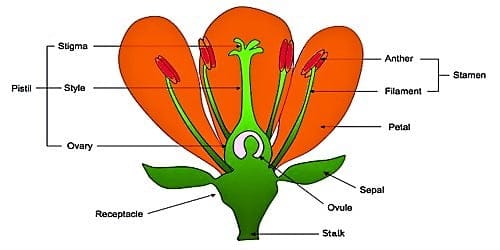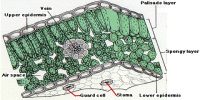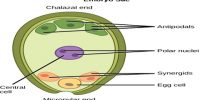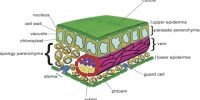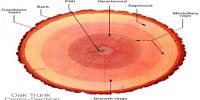The specially modified shoot which performs the sexual reproduction of a plant is known as a flower. After pollination occurs, the flower develops seeds. Flowers are an important part of the reproductive system of plants.
Different parts of a flower: A typical flower comprises of four parts;
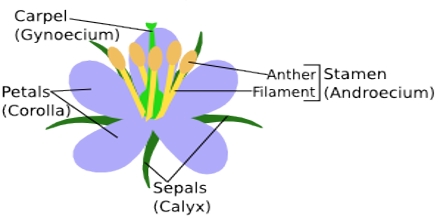
the calyx is the green-colored part beneath the petals in order to protect rising buds. It is the green-colored part underneath the petals in order to defend increasing buds. The major purpose of the calyx and its sepals is to shield the flower before it blossoms (in the bud stage).
The brightly colored part which attracts the pollinating agent. This layer lies just above the sepal layer. The Second part of a flower that is often noticeably colored, brightly colored, magnetize insects. This plant formation is a customized leaf that surrounds the reproductive parts of a flower. They are often bright in color as their major purpose is to magnetize pollinators such as insects, butterflies, etc to the flower.
The male reproductive organ consists of two parts namely: anther and filament which are usually yellow in color. The anther is a bilobed sac that produces and store pollen whereas filament supports the anther.
Gynoecium represents the female reproductive organ of a flower. It is comprised of three parts- stigma, style, and ovary which are collectively known as the pistil. Stigma is the topmost part where the pollen lands. Then the pollen travels down through the style to the ovary.
Out of the four parts of a complete flower, the first two are the accessory parts while the last two are essential parts.
Androecium and Gynoecium are the essential parts of a flower because; sexual reproduction is not possible without their active participation.
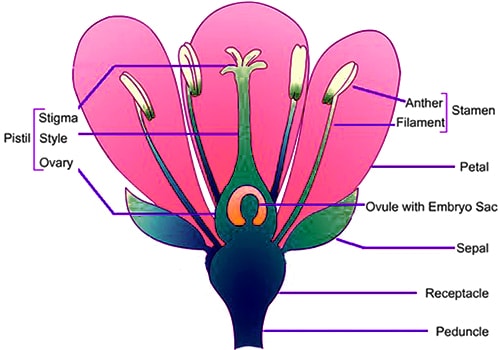
Parts of flower in comprehensive:
- Peduncle: The stalk of a flower. It is the stem which supports the inflorescence.
- Receptacle: Receptacle is the component which holds floral parts together and a cause for the straight position. It is that component of the flower to which the stalk is attached to. It is little and found at the center of the base of the flower.
- Sepal: The outer parts of the flower that enclose a developing bud. It is the exterior covering of flower bud. These are the little, leaf-like parts growing at the bottom of the petals. They structure the furthest whorl of the flower. This naturally green, leaf-like formation protects the budding flower. Cooperatively, sepals are known as the calyx.
- Petal: The parts of a flower that are often conspicuously colored. They are naturally bright and often scented to magnetize insect pollinators. The intensely colored division which attracts the pollinating agent (such as bees and butterflies). The petals are cooperatively known as the corolla.
- Stamen: The pollen-producing part of a flower, usually with a slender filament supporting the anther. These are the male parts of a flower. The male reproductive organ consists of two parts namely: anther and filament which are generally yellow in color.
- Pistil: The ovule producing part of a flower. This forms the female parts of a flower. It is the female parts of the flower, consisting of the stigma and the style.
- Stigma: The part of the pistil where pollen germinates. It is a sticky portion at the top of the style where pollen grains usually land.
- Carpel: The female reproductive part of a flower is the carpel. It consists of the stigma, style, and ovary. The carpel represents the female reproductive system of a flower.
- Ovary: The enlarged basal portion of the pistil where ovules are produced. The ovary contains the ovules where the fertilization takes place and form seeds.
